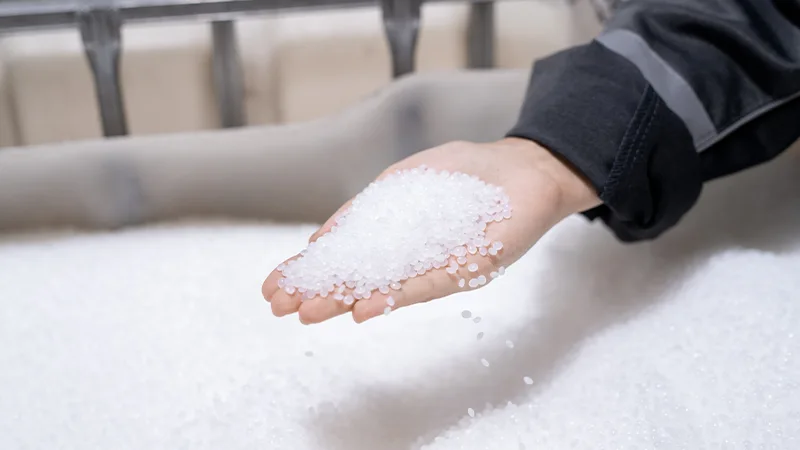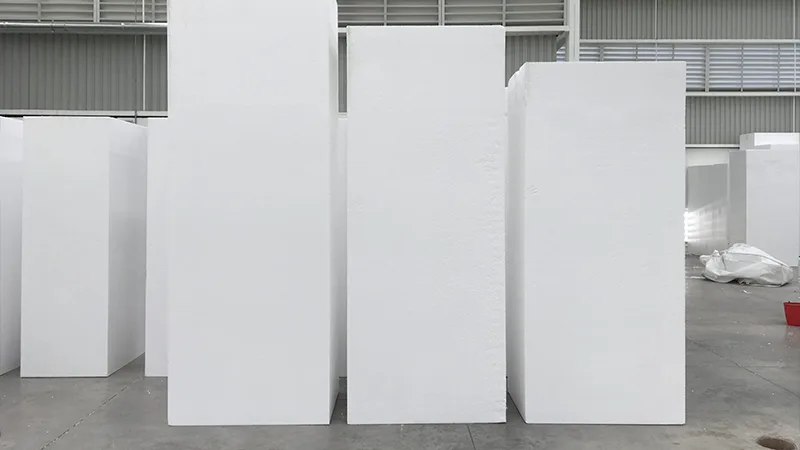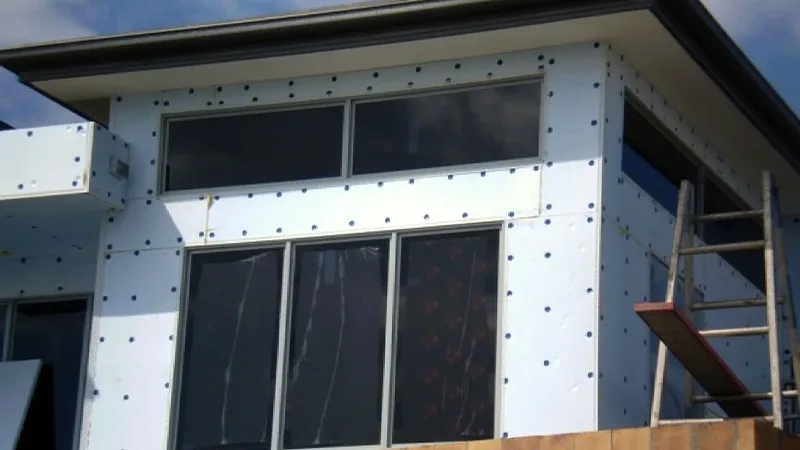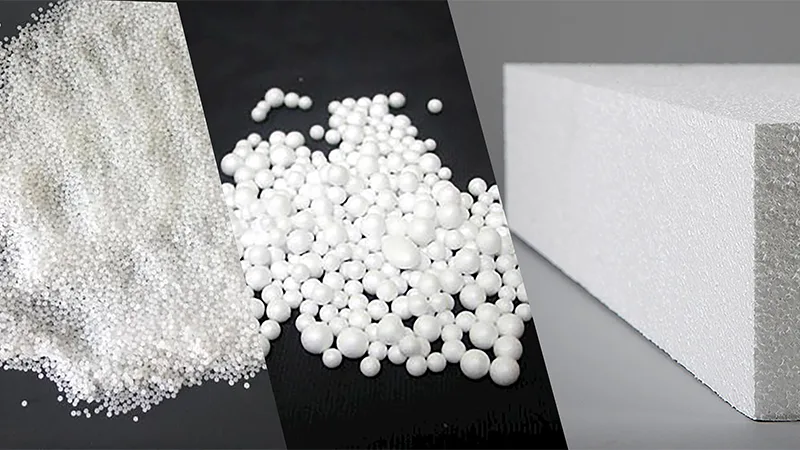Expanded Polystyrene (EPS) is a widely used material in various industries due to its lightweight, strong, and insulating properties. Understanding the cost factors associated with EPS can help consumers and businesses make informed decisions.
This article will delve into the key aspects affecting the cost of EPS, including material costs, manufacturing processes, market demand, and specific applications like insulation.
Understanding Expanded Polystyrene (EPS)

Expanded Polystyrene, commonly known as EPS, is a type of foam made from polystyrene beads. These beads are expanded and fused to form a solid, lightweight material. EPS is used in many applications, from packaging to building insulation, because of its excellent insulating properties and cost-effectiveness.
Key Factors Affecting the Cost of EPS Foam
Several factors influence the cost of EPS foam. These factors include the price of raw materials, manufacturing processes, energy costs, and market demand.
Raw Material Costs
The primary component of EPS is polystyrene, a petroleum-based product. Therefore, the cost of EPS foam is closely linked to the price of oil. When oil prices rise, the cost of producing polystyrene increases, which in turn raises the cost of EPS foam. Conversely, when oil prices fall, the cost of producing EPS decreases.
Manufacturing Processes
The manufacturing process of EPS involves expanding and molding polystyrene beads. This process requires specialized equipment and energy. The cost of these manufacturing inputs can significantly impact the overall cost of EPS foam. Additionally, technological advancements in manufacturing can improve efficiency and reduce costs.
Energy Costs
Energy is a crucial component in the production of EPS. The process of expanding polystyrene beads involves heating them to a specific temperature, which requires a substantial amount of energy. Therefore, fluctuations in energy prices can directly affect the cost of EPS foam. Sustainable and energy-efficient manufacturing practices can help mitigate these costs.
Expanded Polystyrene Insulation Cost

One of the most common uses of EPS is in insulation. Expanded polystyrene insulation cost can vary based on several factors, including the thickness of the insulation, the type of building, and local climate conditions.
Thickness and Density
The thickness and density of EPS insulation significantly impact its cost. Thicker insulation provides better thermal performance but is more expensive. Similarly, higher-density EPS offers improved insulation properties but comes at a higher cost. Balancing these factors based on specific insulation needs can help manage costs effectively.
Building Type
The type of building being insulated also affects the cost. For instance, insulating a commercial building typically requires more EPS compared to a residential building due to larger surface areas. Additionally, commercial buildings may have different insulation requirements, affecting the overall cost.
Climate Conditions
Local climate conditions play a crucial role in determining the required insulation level and, consequently, the cost of EPS insulation. In regions with extreme temperatures, higher levels of insulation are necessary to maintain comfortable indoor conditions, leading to higher costs. Conversely, in milder climates, less insulation is needed, reducing the overall cost.
Cost of EPS Foam in Different Applications

EPS foam is used in various applications beyond insulation, each with its unique cost considerations. Some common applications include packaging, construction, and consumer goods.
Packaging
EPS foam is widely used in packaging due to its lightweight and protective properties. The cost of EPS foam for packaging depends on the size and shape of the packaging material, the quantity required, and the complexity of the design. Bulk orders can often lead to lower per-unit costs due to economies of scale.
Construction
In the construction industry, EPS foam is used for insulation, as well as in insulated concrete forms and structural panels. The cost of EPS foam in construction depends on the specific application, the amount of foam required, and installation costs. High-performance EPS products with advanced insulation properties may be more expensive but offer long-term energy savings.
Consumer Goods
EPS foam is also used in various consumer goods, such as coolers, surfboards, and protective gear. The cost of EPS foam in these products depends on the manufacturing complexity, brand, and market positioning. High-end products may use more refined EPS foam, leading to higher costs.
EPS Bead Insulation Cost

EPS bead insulation is another form of EPS used in various insulation applications. The cost of EPS bead insulation can vary based on factors such as bead size, installation method, and application area.
Bead Size
The size of the EPS beads can affect the insulation’s effectiveness and cost. Smaller beads can fill spaces more efficiently, providing better insulation but potentially at a higher cost. Larger beads may be less expensive but may not offer the same level of insulation performance.
Installation Method
The method used to install EPS bead insulation also impacts the cost. Professional installation ensures optimal performance but can be expensive. DIY installation can reduce costs but may not achieve the same level of effectiveness. Weighing the pros and cons of each installation method can help determine the best approach for specific needs.
Application Area
The area to be insulated with EPS beads influences the overall cost. Larger areas require more materials and labor, increasing the cost. Additionally, areas with complex shapes or hard-to-reach places may incur higher installation costs.
Comparing EPS Foam Cost with Alternative Materials
When considering EPS foam for various applications, comparing its cost with alternative materials is essential. This comparison helps determine the most cost-effective solution for specific needs.
Fiberglass Insulation
Fiberglass insulation is a common alternative to EPS foam. It is typically less expensive than EPS but may not offer the same level of thermal performance. Additionally, fiberglass can be more challenging to install and may require additional protective measures.
Polyurethane Foam
Polyurethane foam is another alternative to EPS. It provides excellent insulation properties but is generally more expensive. Polyurethane foam can also be more difficult to install and may require specialized equipment and expertise.
Mineral Wool
Mineral wool is a high-performance insulation material that offers excellent fire resistance and soundproofing properties. However, it is typically more expensive than EPS foam. The cost of mineral wool can be justified in applications where its specific properties are required.
Strategies for Reducing EPS Foam Costs
There are several strategies that consumers and businesses can employ to reduce the cost of EPS foam.
Bulk Purchasing
Buying EPS foam in bulk can lead to significant cost savings. Suppliers often offer discounts for large orders, reducing the per-unit cost. Bulk purchasing is particularly beneficial for large projects or businesses requiring substantial EPS.
Efficient Use of Material
Optimizing the use of EPS foam can help reduce waste and lower costs. This involves careful planning and precise cutting to minimize material wastage. Efficient use of EPS foam not only reduces costs but also promotes sustainability.
Recycling and Reuse
Recycling and reusing EPS foam can also help reduce costs. Many suppliers offer recycling programs where used EPS foam can be returned for a discount on future purchases. Reusing EPS foam in different applications can also help extend its lifespan and reduce the need for new material.
Conclusion
Various factors, including raw material prices, manufacturing processes, energy costs, and market demand influence the cost of expanded polystyrene (EPS). Understanding these factors can help consumers and businesses make informed decisions about using EPS foam.
Additionally, considering the cost of EPS foam in different applications, such as insulation and packaging, and comparing it with alternative materials can help determine the most cost-effective solution.
Employing strategies to reduce costs, such as bulk purchasing and efficient use of materials, can further enhance the value of EPS foam. As a versatile and cost-effective material, EPS continues to be a popular choice in many industries.
